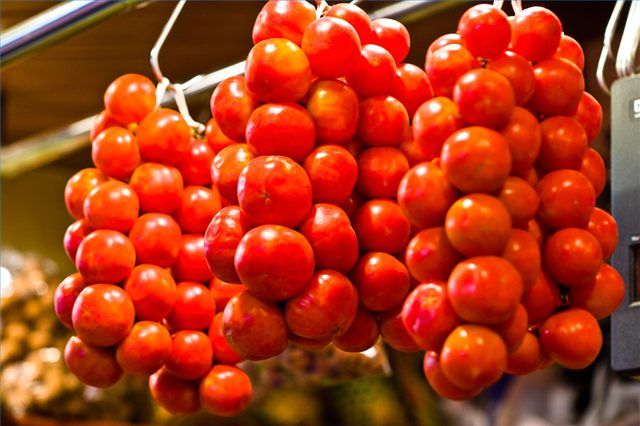Bulbs
Flower Basics
Flower Beds & Specialty Gardens
Flower Garden
Garden Furniture
Garden Gnomes
Garden Seeds
Garden Sheds
Garden Statues
Garden Tools & Supplies
Gardening Basics
Green & Organic
Groundcovers & Vines
Growing Annuals
Growing Basil
Growing Beans
Growing Berries
Growing Blueberries
Growing Cactus
Growing Corn
Growing Cotton
Growing Edibles
Growing Flowers
Growing Garlic
Growing Grapes
Growing Grass
Growing Herbs
Growing Jasmine
Growing Mint
Growing Mushrooms
Orchids
Growing Peanuts
Growing Perennials
Growing Plants
Growing Rosemary
Growing Roses
Growing Strawberries
Growing Sunflowers
Growing Thyme
Growing Tomatoes
Growing Tulips
Growing Vegetables
Herb Basics
Herb Garden
Indoor Growing
Landscaping Basics
Landscaping Patios
Landscaping Plants
Landscaping Shrubs
Landscaping Trees
Landscaping Walks & Pathways
Lawn Basics
Lawn Maintenance
Lawn Mowers
Lawn Ornaments
Lawn Planting
Lawn Tools
Outdoor Growing
Overall Landscape Planning
Pests, Weeds & Problems
Plant Basics
Rock Garden
Rose Garden
Shrubs
Soil
Specialty Gardens
Trees
Vegetable Garden
Yard Maintenance
How to Plant Hanging Tomato Plants
How to Plant Hanging Tomato Plants. Tomato plants don't only have to be planted in the ground. They can thrive hanging upside down as well. In fact, planting your tomato plants wrong-side-up can allow you to move them with the sun, save you time weeding and give you fruit that is within arms reach of your front door. Read on to learn how to plant...

Tomato plants don't only have to be planted in the ground. They can thrive hanging upside down as well. In fact, planting your tomato plants wrong-side-up can allow you to move them with the sun, save you time weeding and give you fruit that is within arms reach of your front door. Read on to learn how to plant hanging tomato plants.
Things You'll Need
5-Gallon Bucket
Drill or Utility Knife
Tomato Seedling
Newspaper
Soil
Purchase an empty 5-gallon bucket with a snap-on lid. This bucket can be found at hardware stores. Clean the bucket with warm sudsy water to prepare it for planting your tomato plant.
Cut a hole in the bucket using a drill or a utility knife. The hole should be right in the middle of the bottom of the bucket and about 2 to 3 inches in diameter. Cut several 1/2-inch holes in the snap-on lid of the bucket to allow you to water your plant.
Place several layers of newspaper in the bottom of the bucket, covering the hole. This will later be used to anchor the tomato plant.
Fill the bucket with a 40-lb. bag of soil and put on the lid. Soils with vitamin additives, like Miracle-Gro, are the best for growing tomatoes.
Turn the bucket over, and plant the tomato seedling. Cut two slits in the newspaper at the bottom of the bucket to allow you to plant the tomato plant. Plant the seedling with only about 3 inches of the plant coming out of the hole. Use extra soil to anchor it in the bucket.
Hang the bucket in a sunny area and water. Tomatoes require at least 50 percent sunlight. Move the bucket according to where the most direct sun is during the day.
Harvest tomatoes as they ripen on the vine. Tomatoes will begin to form not long after the tomato plant flowers. The fruit should be red and firm before cutting from the plant.
Tips & Warnings
Tomato varieties with smaller fruit, such as a cherry or Roma tomatoes, are perfect plants for hanging upside down.
If you prefer a bucket that isn't white you can purchase spray paint especially for plastics and brighten up your planter.
There are several companies online that sell hanging tomato planters. These are a little different then the buckets but give you the same result.
Your hanging tomato planter will weigh between 35 and 50 lbs. when it is finished.